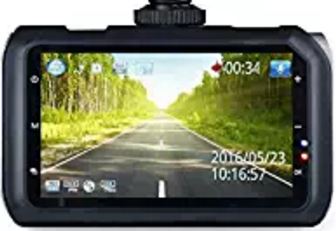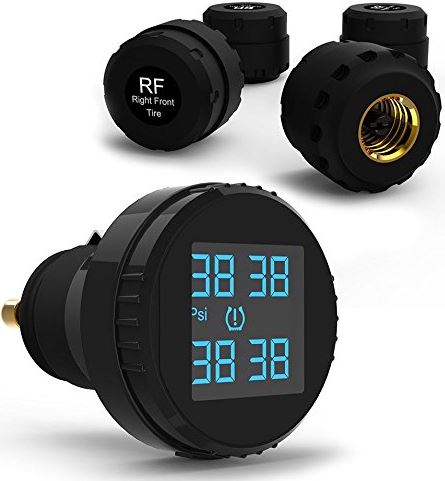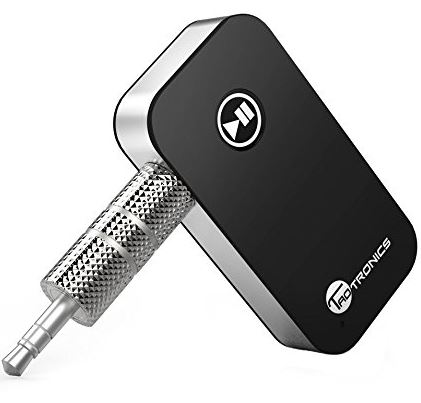The days of the top wireless routers being limited to single, 2.4GHz bands are behind us, with dual- and tri-band routers featuring a 5GHz connection or two now on the rise. Plus, mesh routers like Google Wifi have ousted range extenders practically everywhere. Google leading the charge, competing companies have followed suit with their own hubs. With so many routers – both traditional and trendsetting – to choose from, we’ve gone hands-on with a wide range to find only the 10 best wireless routers below.
1. Google Wifi - The future of wireless networking gets affordable
Speed: 802.11ac 5GHz down: 101.41 Mbps, 2.4GHz down: 47.53 Mbps | Connectivity: 2 x Gigabit Ethernet ports per Wifi point (1 WAN and 1 LAN port each) | Features: AC1200 2 x 2 Wave 2 Wi-Fi, TX beamforming, Bluetooth Smart ready
Pros: Super simple setup / Great value Cons: Limited hardware control / Lower AC rating

Gone is the seemingly distant past where we had to purchase Wi-Fi extenders in addition to our wireless routers for installation throughout the house. Wireless mesh systems are the future, and Google Wifi only reassures us of this. It’s as easy to set up as scanning a QR code on the cylindrical unit and subsequently configuring the network name and password. Sure, it requires that you buy a trio of units just to use it to its full potential, but the design of the hardware – and even the software – more than outweighs any negatives.
You can pick up a single Google WiFi point on Amazon for $111.
2. Netgear Orbi - Wireless coverage that’s high-end, almost to a fault
Speed: 802.11ac 5GHz down: 90.14 Mbps, 2.4GHz down: 93.69 Mbps | Connectivity: 4 x 10/100/1000Mbps Gigabit Ethernet ports (1 WAN + 3 LAN for Router, 4 LAN for Satellite), 1 x USB 2.0 port | Features: 4GB flash memory, 512MB RAM, AC3000, MU-MIMO ready
Pros: Excellent coverage / Easy setup Cons: Expensive / Finicky Wi-Fi band settings

Unlike Google Wi-Fi, this wireless mesh system ships with two units rather than three: a router and a satellite, much like a cell phone signal booster. It’s expensive, but once you get past the price, you’ll see why the Netgear Orbi costs so much to begin with. Simply plug the router into a spare outlet as well as into your modem with an Ethernet cable. Next, connect the satellite to an outlet and you’re halfway there. Using the handy Sync button found on each block, the two bricks will start interacting. Then set your password and SSID in a web browser. It’s that easy.
Neargear's Orbi Home WiFi System is $149 on Amazon.
3. Starry Station - Wi-Fi made easy (and attractive)
Speed: 802.11ac: 1,300Mbps 802.11n: 450Mbps | Connectivity: 2 x Gigabit LAN port | Features: Dual-band Wi-Fi technology, 3.8-inch LCD touchscreen, embedded speaker/microphone
Pros: Elegant, simple interface / Touchscreen offers info and control Cons: May need to rewire source / Gets noticeably loud

Instead of chasing after the fastest speeds and longest range, the Starry Station is all about two things: convenience and aesthetic. The triangular design and curious LCD display make the Starry Station a welcome addition to your home whether it’s sitting atop your desk or on a coffee table in your living room. Sure, it’s expensive considering its performance, but what the Starry Station lacks it more than makes up for in style and ease-of-use.
The Starry Station touchscreen WiFi system is $295 on Amazon.
4. Synology RT2600ac - NAS or router – why not both?
Speed: 802.11ac: 1,733Mbps 802.11n: 800Mbps | Connectivity: 4 x Gigabit WAN, 1 x USB 2.0, 1 x USB 3.0, 1 x SD card reader | Features: 512MB RAM, 1.7GHz dual-core ARM Qualcomm IPQ8065 processor, MU-MIMO, beam-forming, 4GB flash storage
Pros: Easy-to-use web interface / Great hardware extras Cons: Pricier than other AC2600 routers / Not the fastest 802.11ac router

The lovechild of a traditional wireless router and a network-attached storage device (NAS), the Synology RT2600ac doesn’t boast the fastest specs or even an attractive shell, but it packs a ton of features that make it worth your while. Though it only has 4GB of storage built-in, you can connect a hard drive and configure your own cloud service similar to Google Drive or Microsoft OneDrive. You can even download NAS-grade apps like a VPN client and server. Unfortunately, the app selection is sparse as a result of the barren community support.
Pick up this Synology NAS/Router for $229 on Amazon.
5. Linksys WRT 3200 ACM - Kickin’ it old school (and open-source)
Speed: 802.11ac: 3x 867 Mbps, 802.11n: 600 Mbps | Connectivity: 4x Gigabit Ethernet, 1x USB 3.0, 1 x ESATA/USB 2.0 | Features: Tri-Stream 160, 1.8GHz dual core CPU, 512MB RAM, 256MB flash memory
Pros: Open source firmware support / Great features Cons: Coverage sometimes spotty / More suitable for an office than home

Effectively the antithesis to a wireless mesh like Google Wifi or the Netgear Orbi, the Linksys WRT 3200 ACM has an unflattering design that it’s damn proud of. Unlike systems that are stylish but limited when it comes to personalization, the Linksys WRT 3200 ACM gives you unadulterated control over your wireless network connections. Whether you want to toggle on and off guest connections, prioritize media devices, initiate parental controls or access the OpenVPN server, all the functionality you would expect from a router of this price is there.
The WRT 3200 is currently $208 on Amazon.


 Automatic
Automatic
 A tire pressure monitoring system lets you easily keep tabs on the health of your tires.
A tire pressure monitoring system lets you easily keep tabs on the health of your tires. You don't have to buy a new car to be able to connect your smartphone to your vehicle via Bluetooth.
You don't have to buy a new car to be able to connect your smartphone to your vehicle via Bluetooth.
